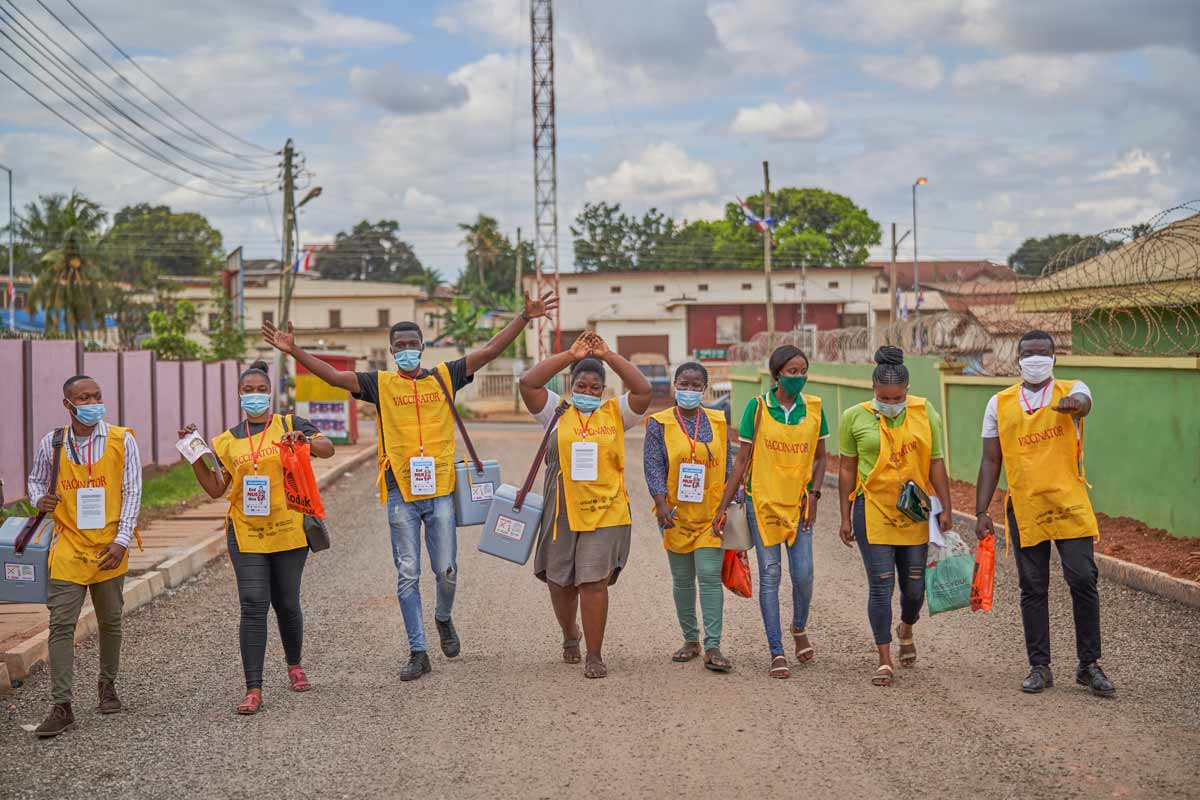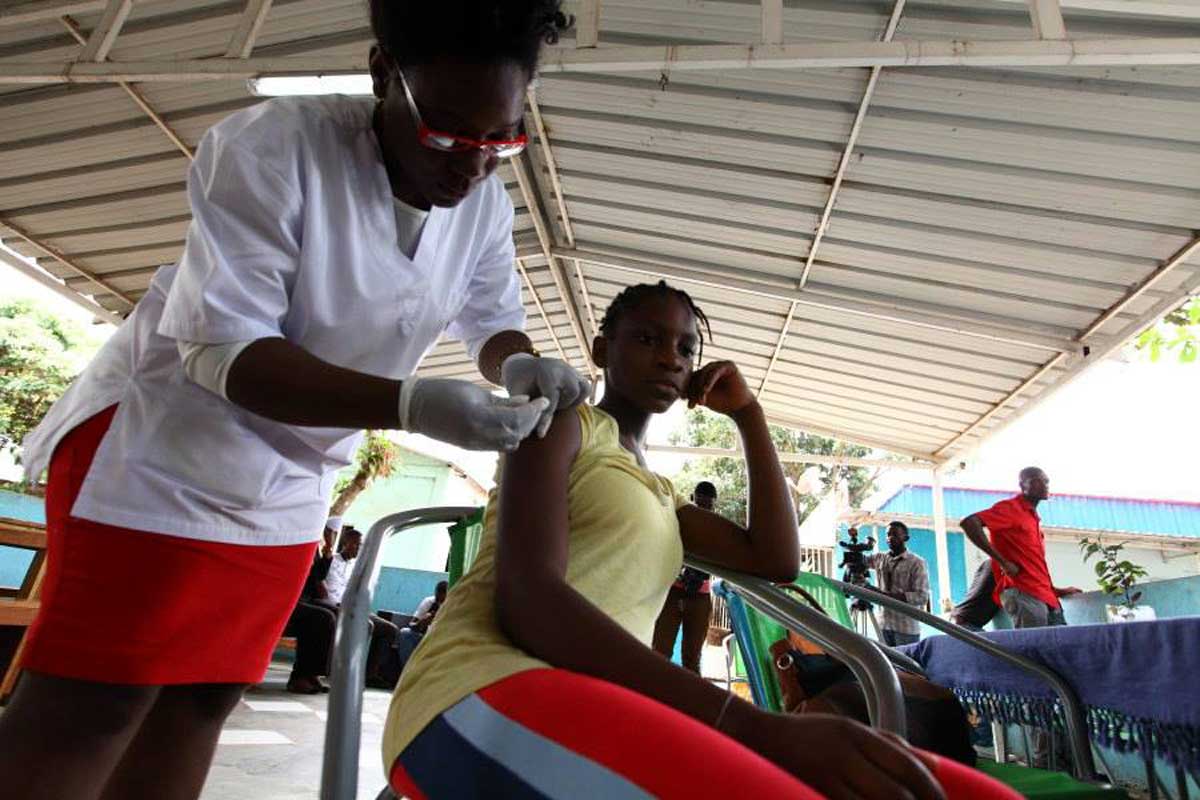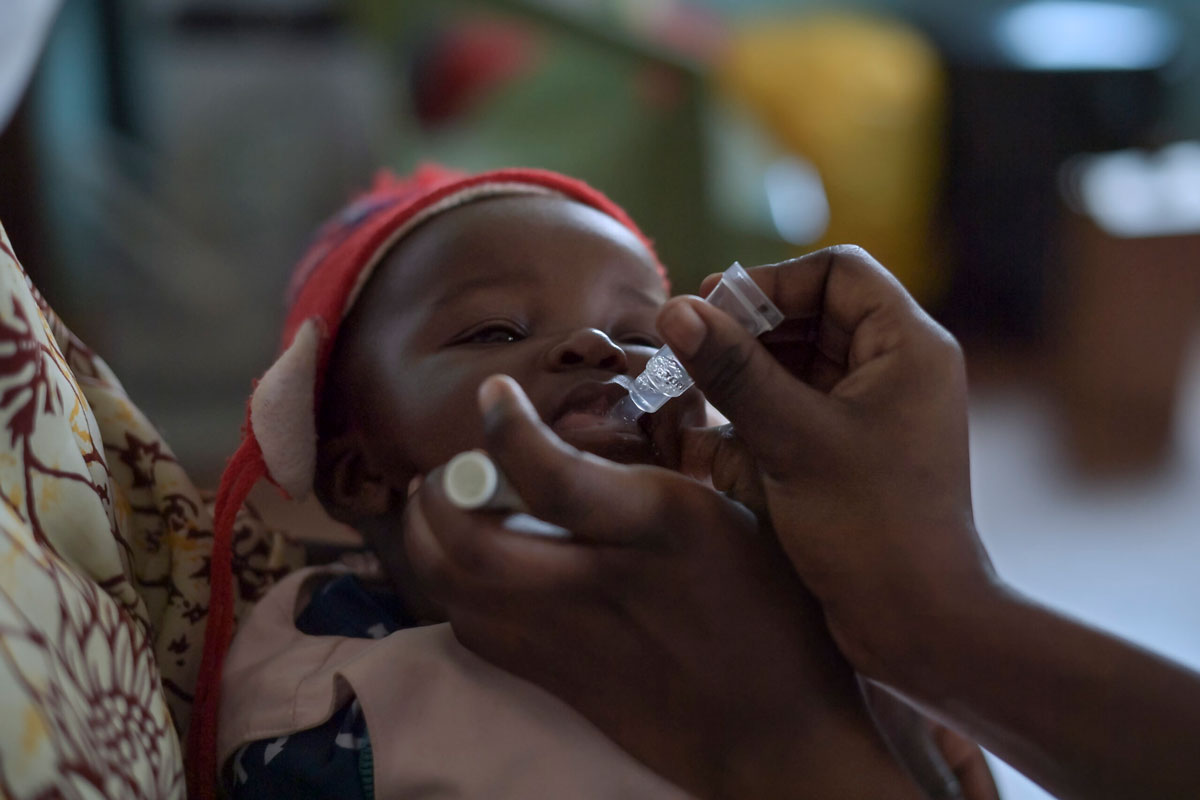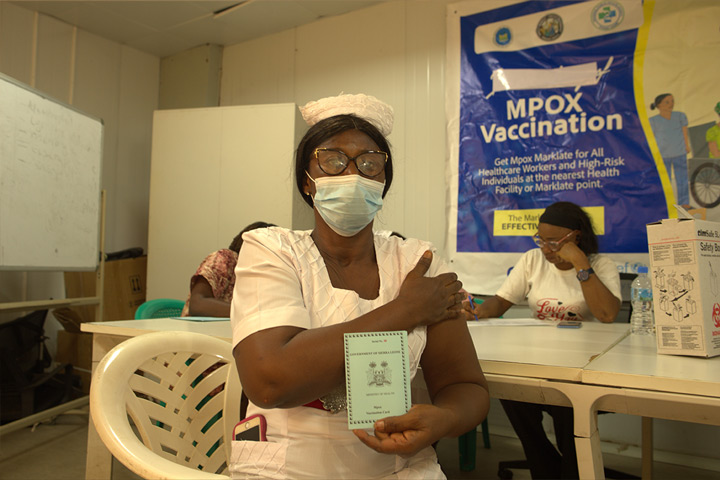How two cities in India managed to digitise vaccination status
India's UWIN electronic immunisation registry is seeking to revolutionise how the world's largest country tracks its immunisation coverage. Madhya Pradesh's State Immunisation Officer writes on the difference it's making.
- 22 April 2025
- 8 min read
- by Dr Santosh Shukla
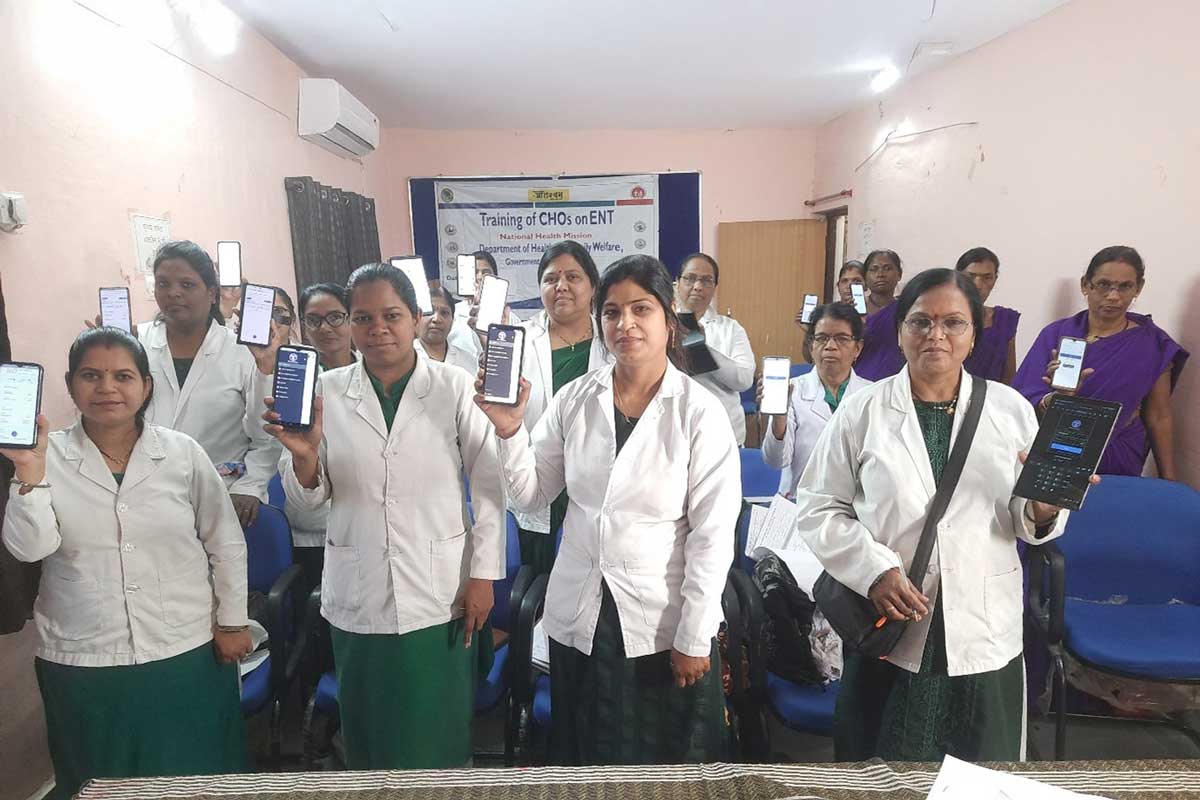
Two cities in Madhya Pradesh, central India, have achieved a significant public health milestone. Ujjain, with a population of approximately 600,000, and Chhindwara, home to around 230,000 people, have succeeded in registering almost all eligible children under the age of five on the national Electronic Immunization Registry, UWIN.
That’s an achievement that will prove as impactful as it has been challenging. In underserved urban settings, such as informal settlements, where marginalised and highly mobile communities often reside, locating and registering all the eligible beneficiaries for basic health services can be a tall order.
I credit this achievement to an unwavering dedication of frontline health workers, enabled by a robust technical platform, and backed by strategic guidance and support from Ministry of Health & Family Welfare (MoHFW), Government of India.
Complexities due to the urban landscape
India’s rapid urbanisation has introduced significant challenges alongside socio-demographic development. As mid-sized cities such as Chhindwara and Ujjain grow and diversify, their health systems strain to cater to large populations living in dynamic and often underserved urban spaces, characterised by unplanned growth, and varied and overlapping structural, administrative and financial management systems. In these settings – characterised by growing housing demand, increased risk of communicable diseases, nutritional challenges, and constrained access to civic amenities such as water, sanitation and electricity – urban health outcomes continue to require attention. A further barrier to effective healthcare delivery is the lack of reliable, disaggregated data for decision-makers.
With health infrastructure stretched, even delivery of one of the most fundamental services – immunisation – becomes a challenge. Tracking vaccinated individuals and those due for their next dose poses challenges for health workers. One reason is the sheer scale of their task: a large and growing population means rapid additions of more eligible households and thus, more work. Inadequate infrastructure and mobilisation resources compound the difficulty: Ujjain, a major pilgrimage city, has densely populated neighbourhoods with narrow lanes and bustling markets, making vaccination tracking challenging. Reaching and vaccinating children in these areas demands exceptional effort and resilience from health workers. Moreover, until recently, health workers relied on traditional paper-based tracking systems, which were vulnerable to fundamental failings. These logs were often incomplete or inaccurate due to human error, such as data entry mistakes, and were at risk of being lost or damaged.
UWIN and frontline health workers: change catalysts
In August 2023, inspired by the success of India’s CoWIN platform, which was launched to track and manage the country’s massive COVID-19 vaccination drive, the government of India introduced UWIN – an electronic immunisation registry that aimed to register and track every child from birth to five years of age – in a pilot mode. Gavi, the Vaccine Alliance supported the development and scale-up of UWIN as part of its Health System Strengthening Support to India, with the United Nations Development Programme (UNDP) serving as the implementing partner. In October 2024, the programme launched nationwide.
Aiming for a Full Immunisation Coverage (FIC) of 90%, the UWIN platform was developed to enable India’s health system to track beneficiaries more effectively and efficiently. India defines a fully immunised child as one who has received the anti-tuberculosis BCG vaccine at birth, three doses of diphtheria, pertussis and tetanus-containing (DTP3) vaccine, three doses of polio vaccine, and one dose of measles-containing vaccine.
So how does it work? UWIN features an integrated name-based digital registry that can be accessed at all health facilities. Health workers can pull up a given beneficiary’s vaccination history, review a list of children who are due for their next dose of any vaccine, and can even use the registry to send out a reminder or notification to families if they are at a risk of delayed vaccination. At the administrative level, government officials can use the aggregated datasets to analyse coverage rates and formulate interventions in real time.
Close community engagement was critical for the success of UWIN, and health workers – an integral component of India’s health systems – delivered on it.
The public health frontline included vaccinators known as ANMs (auxiliary nurse midwives), community health workers known as ASHAs (accredited social health activists), and medical officers. These dedicated cadres were responsible for the vaccination efforts and worked hard to ensure everything ran smoothly. “In our urban areas, high population density, frequent migration, and vaccine hesitancy create challenges in achieving full immunisation coverage. UWIN has proven to be a powerful tool to keep track of every child, but it is our health workers’ unwavering determination that has truly made this success possible,” says Dr RK Pal, District Immunisation Officer, Ujjain.
Health workers who previously relied on paper-based systems had to depend on caregivers’ recall in the absence of vaccination cards, were now able to glean an instant, digital overview of a child’s vaccination history through UWIN.
“Earlier, we used to struggle maintaining the paper records. Now, with UWIN, I can quickly see who’s due for their next vaccine and plan my day accordingly. It’s making our lives simpler and reducing the paperwork hassle,” said Dipali Verma, a vaccinator in Ujjain, with quiet pride.

Constraints to uptake
Despite the anticipated benefits of UWIN, the adoption rates among health workers and parents were low at first. There were teething issues, with many vaccinators initially facing technical glitches, which discouraged them from investing time to get to grips with new digital workflows. Consequently, registrations of children in the age group of 0–5 years on UWIN lagged, hamstringing downstream app capabilities, such as updating past vaccination records, crucial for the data analytics and decision-making as envisioned by the MoHFW.
To address these challenges, Madhya Pradesh’s National Health Mission officials and partners held “UWIN Days”. These were special sessions during which health workers gathered at their respective primary health centres to receive hands-on technical support and mentorship on the UWIN issues they faced, to register children, and update pending vaccination records, and, along the way, to learn from peers’ challenges and successes. As the data flowed into the software, subsequent analysis on pending registration against head count surveys became feasible. That analysis allowed the health system to pinpoint wards in which registration and vaccination record updates still needed to improve.
Between UWIN days, the vaccinators were able to return to those vulnerable communities, and act to plug the coverage gaps highlighted by the new influx of data. This led to hope for change.
Throughout UWIN days, vaccinators reported finding not only solutions to their technical hitches, but also a network of peers committed to a common goal. “After UWIN Day concept was launched, it picked up speed. “The hands-on support and mentorship gave us the confidence to overcome our fears and frustration and remove the roadblocks from our pathway to almost 100% UWIN registration of the children in our communities,” said one health worker from Chhindwara.
“It is heartening to see such success stories from across the country for UWIN, one of the world’s largest digital immunisation repositories, which by now has seamlessly recorded every vaccination event for more than 18 million pregnant women and more than 58 million children in India, making it a digital health revolution,”says Dr Abhimanyu Saxena, Team Leader, Health Systems Strengthening , UNDP India.
Dr Saurabh Purohit, Deputy Director, Routine Immunisation, and Er Vipin Shrivastava, Deputy Director, Cold Chain, Government of Madhya Pradesh, quoted at a state-level review meeting, “UWIN Days provided an impetus to the roll-out of UWIN in Madhya Pradesh. The two cities of Chhindwara and Ujjain have emerged as exemplars here and have provided us a replicable model. We have extended the ‘UWIN Day’ initiative across the state and it has led to swift registration and vaccination record updating in many districts.”
Nitin Kothari, Associate Director at the William J. Clinton Foundation (WJCF), who leads the organisation’s support to the Government of Madhya Pradesh on urban immunisation strengthening in Ujjain and Chhindwara under GoI’s City Embrace Model, said:
"Madhya Pradesh has been a front-runner in adopting digital applications and tools for immunisation. Early adaptation of eVIN (Electronic Vaccine Intelligence Network) in the state laid a strong foundation for newer applications like COWIN (for COVID-19 Vaccination) and UWIN. To maximise the potential of UWIN, the state aimed to simplify its use for vaccinators – enabling them to quickly register eligible children, update past vaccination records, and leverage UWIN data for real-time decision-making. This also ensures that due vaccination information seamlessly reaches caregivers. WJCF has been supporting the state in this endeavour, ensuring the smooth integration of UWIN into the immunisation ecosystem and strengthening data-driven decision-making to improve immunisation outcomes.”
Have you read?
The outcome and lessons
UWIN was launched in Madhya Pradesh in August 2023 and by January 2024, both Ujjain and Chhindwara had managed to register almost all their 0- to 5-year-old children – a total of about 100,000.
Equipped with the digitised records, the health system is beginning to unlock the full potential of UWIN, including utilising beneficiary-level data for monitoring and review, generating automatic vaccination due lists, and issuing timely reminders to beneficiaries, among others. UWIN is enhancing the quality of immunisation data by providing real-time insights that complement existing datasets like the Health Management Information System (HMIS). While the long-term goal of government is to streamline immunisation data collection into a single platform, current efforts to cross-reference UWIN data with HMIS help validate data quality and inform better decision-making.
As we reflect on these successes, there are lessons for ongoing and upcoming digital interventions in resource-constrained settings. Prospective technology-enabled solutions need to be integrated with health workers’ day-to-day workflow carefully. On-the-job mentorship and empathy-based supervision can add a lot of value. Positive reinforcement, through reward and recognition, and carving out time to provide constructive feedback to health workers so as to enable them to adapt to the complex digital workflows can be that missing element. Certainly, with a considerable progress made on UWIN’s uptake, both the cities are well on their way to further improving efficiency of immunisation programme service delivery and reaching their immunisation coverage and equity goals.
From my post as the State Immunization Officer for Madhya Pradesh, it has been great to see this extraordinary technology reach its intended impact in these two cities. But we cannot and should not stop. We still need to keep our sights on the broader programmatic outcome: of improving immunisation coverage and driving down the incidence of vaccine-preventable diseases. We are committed to this goal.
